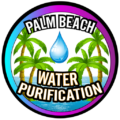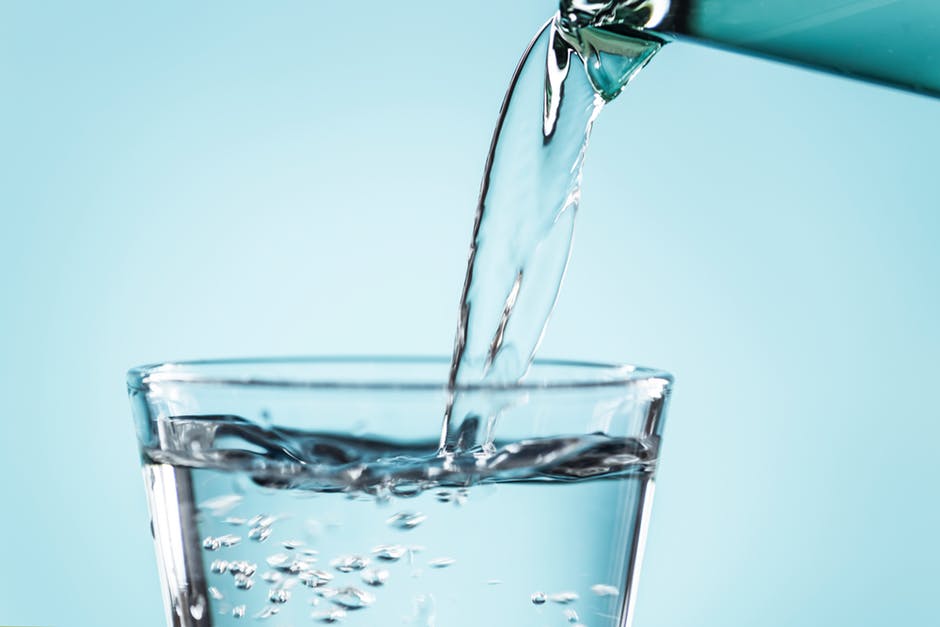Reverse osmosis is a term many of us have heard tossed around, but we aren’t sure what it means. What is reverse osmosis? In essence, it’s the most effective water purification method people have developed.
Reverse osmosis uses a combination of water’s natural inclination with applied pressure. It moves contaminated water through a filter and into a clean supply. That filter leaves all of the nasty junk behind so we can all enjoy clean water.
It’s an indispensable technology that makes it possible to clean salt water. It also allows us to recycle wastewater and even tackle future water shortages. As a scientific and physical process, it isn’t even that hard to understand.
We see the basic chemistry and physics behind it in action almost every day. Read on for a full guide to reverse osmosis, what it is, and how it affects your water.
Defining Reverse Osmosis
First things first: what is reverse osmosis? Reverse osmosis is a process used to purify water. In particular, it uses a semi-permeable membrane as a sort of filter.
That membrane has to be very specifically made. Nothing can get through if it’s too solid, like plastic wrap. If it’s too porous, like cotton or wool, then everything will get through.
Reverse osmosis works because the filter is the right size to let water – and only water – through. Osmosis is itself a natural process that occurs with water. Osmosis is the process by which water will seek to find an equilibrium of concentration.
Reverse osmosis is when we do the opposite. We “reverse” the process of natural equalization by pushing the water in a particular direction. It sounds rather complicated, but it’s easy when you break it down.
Osmosis and Reverse Osmosis 101
Understanding osmosis and reverse osmosis is pretty straightforward. There are some terms you have to know first. These terms are the solvent, the solute, and the solution.
A solvent is any substance that can dissolve a solute and create a solution. They sound like fancy chemistry terms, but they translate easily. In the case of water treatment and purification, it goes like this:
- Pure water is your solvent
- Unwanted contaminants are your solute
- The final result (i.e. your filtered or transformed water) is the solution
It also helps to have an example. If you were to make tea or coffee, your solute might be sugar or the chemicals that make up the tea or coffee flavor. If you were to go with salty ocean water, then your solute would be salt, of course.
When you add sugar, it dissolves into the water to make a final beverage – or “solution”. In the case of salt water, the salt is already in there and has to get separated. Osmosis by itself cannot do this, but reverse osmosis can.
Going Into More Detail
It’s worth looking at how osmosis works on a practical level. All things being equal, water likes to look for equilibrium. Pour it into two sides of a U-shaped beaker, and you’ll get an even height on both sides no matter how you pour.
If you pour pure water in one end and salty water in the other, you’d end up with a mixture of slightly weaker salty water. If you were to put a semi-permeable membrane in the middle of the U-shaped beaker, you’d trigger osmosis.
Because water always looks for equilibrium, something particular will happen. The side with clean water will be a low-concentration solution. This means the level of solutes is low since it started as pure.
The side with the salt will be a high-concentration solution since it has a high concentration of solutes – i.e. salt. The low-concentration water will move to the other side. The filter stops the salt from going the other way.
The result is the salty side will get more water, making it less salty. The water level on the pure side will go down as a result. This process weakens the salt water but isn’t good enough for pure drinking water.
This is where reverse osmosis comes in.
How Does Reverse Osmosis Work?
When it comes to drinking water, you need a more efficient and cleaner system. Reverse osmosis takes water’s natural inclination to find an equilibrium and reverses it. Rather than allow the clean water to weaken the contaminated water, it pushes all of the water to the clean side.
Take the U-shaped beaker example earlier. If you pressurize the salty side, you push the solution through the semi-permeable membrane. The membrane will act as a filter and stop the salt in its tracks.
Only the filtered clean water will end up on the original pure side. You don’t even need a particularly high pressure to achieve this. Around 60psi will do the trick, which is pretty standard for most home water pressures.
People first started experimenting with large-scale reverse osmosis in the 1950s. Ever since those days, innovations have kept pushing us forward. With newer and more efficient filters and filtration technologies, we’ve come a long way.
Reverse osmosis isn’t only something for commercial companies like Aquafina, Dasani, or Nestlé. Large-scale plants can use it to desalinate ocean water to service entire cities. It also works to get rid of all sorts of other contaminants.
At the end of the day, you need to filter your water. Reverse osmosis is the most efficient way.
Why You Need It
Everyone deserves clean water, so everyone benefits from reverse osmosis water filters. There can be all sorts of harmful things in your water. Dirt, sediment, microbes, parasites, chemicals, heavy metals, and who knows what else.
The reverse osmosis process and the technology behind it are super-efficient. It keeps all of the nasty contaminants we don’t want in our water out. Essentially, it cleans our water, making it safe for use and consumption.
The Many Benefits
Beyond getting rid of the sorts of solutes people think of, like salt, there are many others. These include chlorine and other chemicals. Heavy metals like lead are still a danger in our water supplies, even in the developed world, so it’s no joke.
Depending on the semi-permeable membrane in use, reverse osmosis is crazy efficient. For chlorine, it removes 98 to 99% of all chlorine from water. Chlorine works double duty to help clean our water.
The problem is it doesn’t taste good, and you shouldn’t drink it in high quantities. Leveraging the full power of chlorine without endangering our water supply is tricky. Because reverse osmosis is so good at getting rid of chlorine when we don’t need it anymore, it saves the day.
What’s more, is that reverse osmosis can filter out microorganisms. You don’t have to worry about people getting sick with waterborne diseases. You’ll know that only pure drinking water is coming from your taps.
It also allows us to do a bunch more things. We can do everything from reclaiming ocean water to treating wastewater. The potential to recycle old water into pure drinking water is huge.
The fact is that improving water quality benefits everyone.
The Potential of Reverse Osmosis
To say reverse osmosis is a technology for the future would be an understatement. As mentioned earlier, we’ve been working on it since the 1950s as a human society. The question of how to deal with growing populations and insecure water supplies is an old one.
Reverse osmosis promises to solve many of our current water woes. The unparalleled capability to reclaim water from the sea is massive. We first figured out we could do it in 1950, but we couldn’t do it well enough to be feasible on a large scale.
Innovations in technology have changed all that. Now we can service entire cities and major national regions using desalinated water. As tech continues to grow and become more widespread, attention will start to go global.
Droughts and accessibility to clean drinking water are planetary issues. Reverse osmosis promises to help the developing world make sure they have it. The ability to recycle water, and clean contaminated water, is a pretty big deal.
It could save us from relying on a dwindling freshwater supply. It could also stop us from doing irreparable damage to current water tables. This tech is worth investing in if we want to live in a sustainable world and ensure clean drinking water for all.
Getting Clean Water: What Is Reverse Osmosis?
So with all of that out of the way, and without the extra science and chemistry, what is reverse osmosis exactly? It’s a way to filter out the contaminants that make our water dirty and unsafe to drink. It’s efficient, safe, and sustainable, making it a great tech and method for the future of the planet.
Reverse osmosis is already in use with every major commercial company and has been for a while. Many municipal water systems use it to provide millions with clean drinking water. At Palm Beach Water Purification, we know how crucial clean water is, so contact us today.

